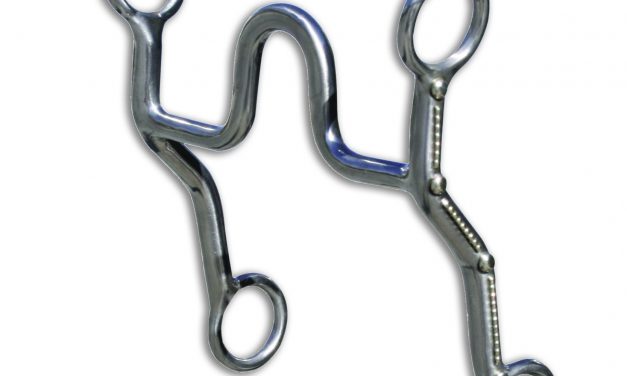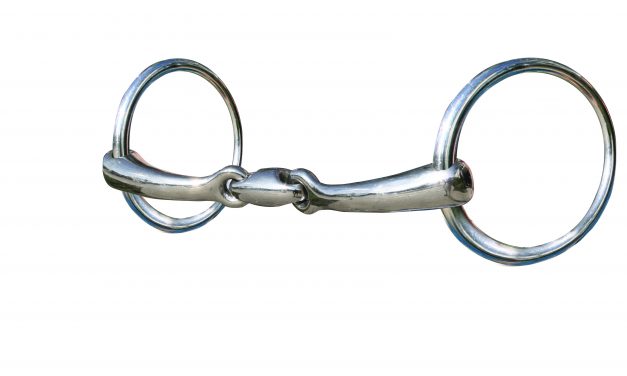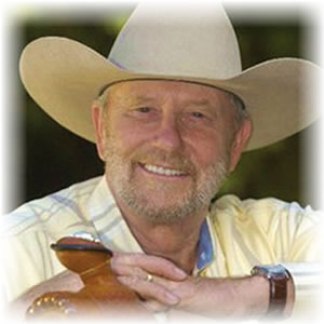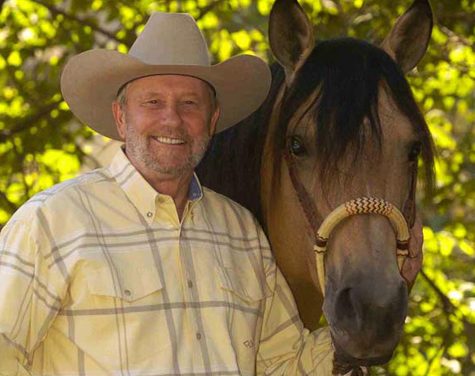When to Transition to a Bridle
A snaffle bit is a great educational tool and makes learning easy for a young horse. Last time we discussed the many different types of snaffle bits and how they work. With any bit it is important to remember that it is the rider’s hands and not the bit that is most important.
A snaffle bit is a great training tool as you can be more specific with your rein aids or cues with the reins than you can when the horse is in a hackamore or a bridle.
Read More




